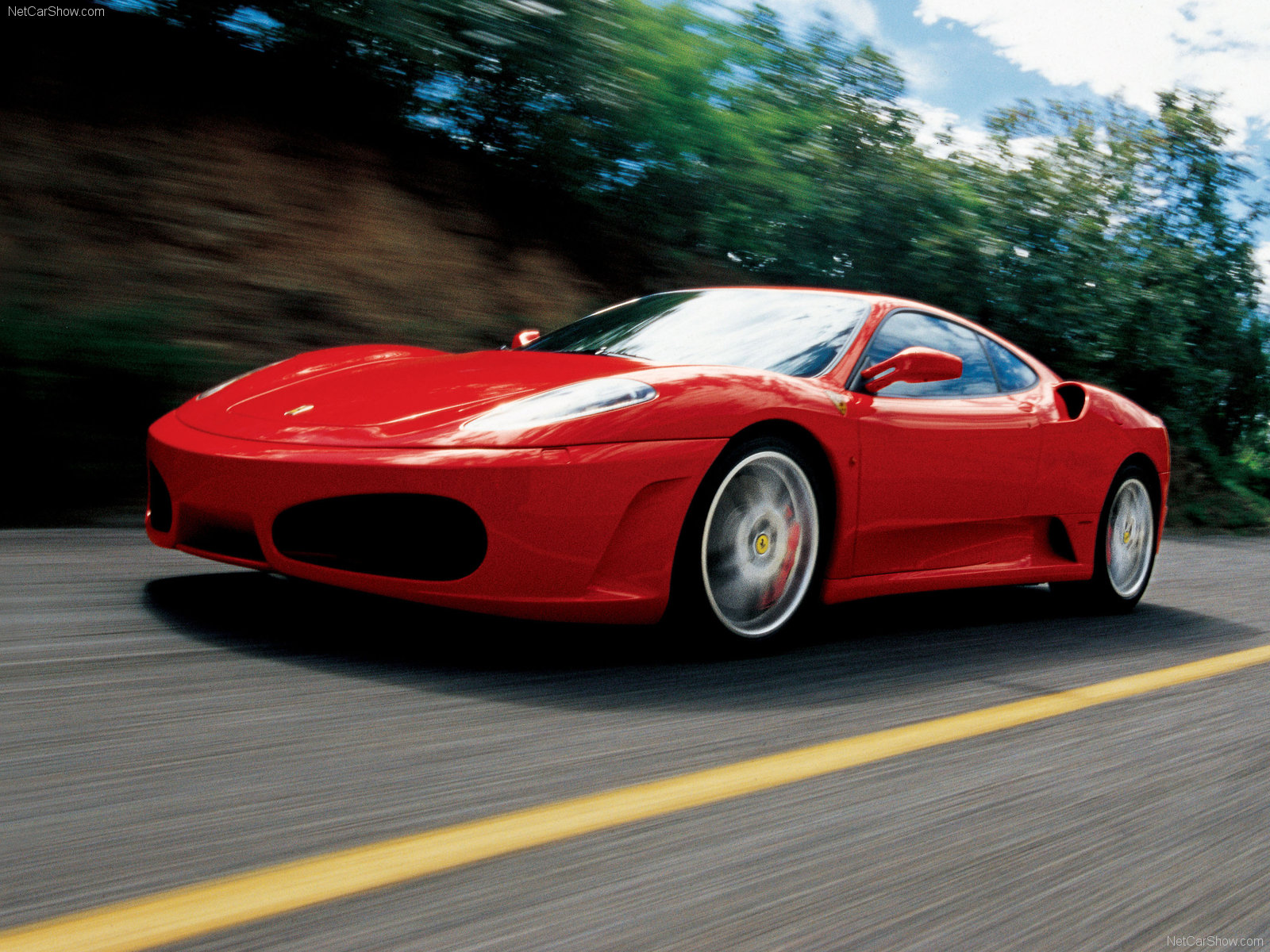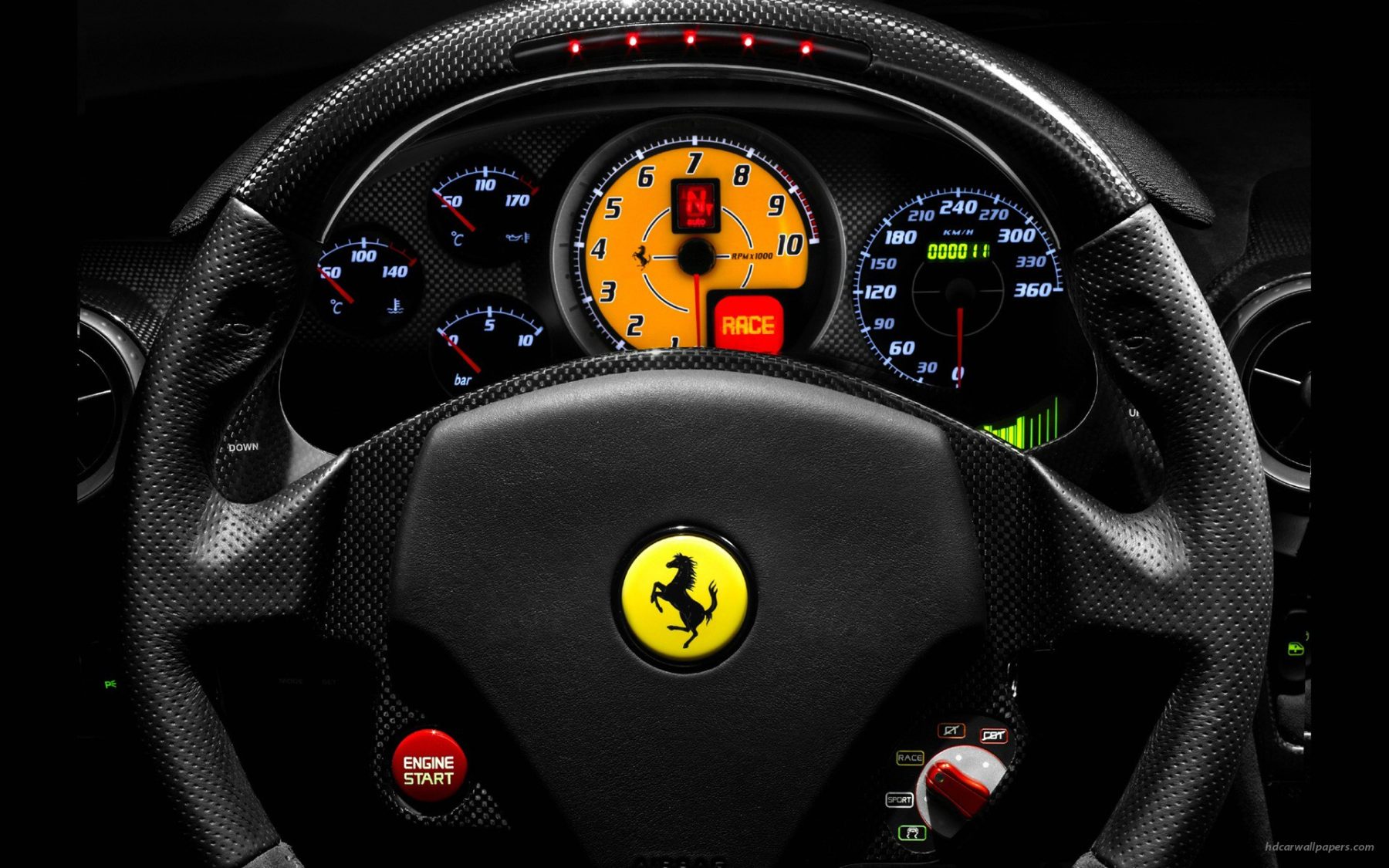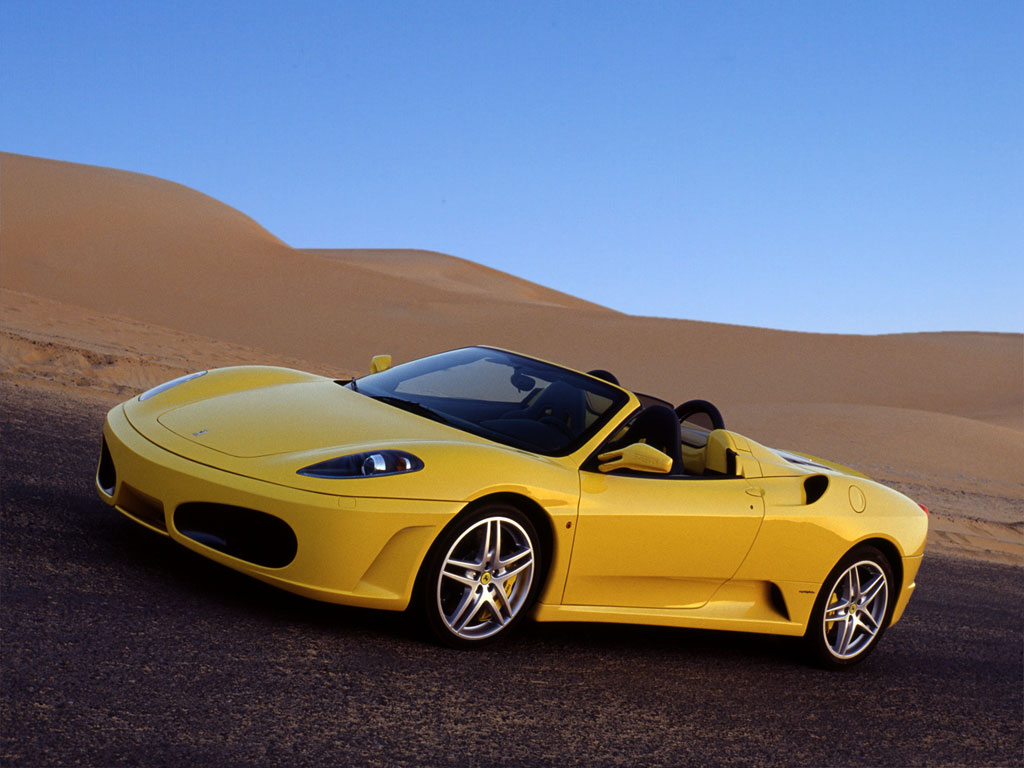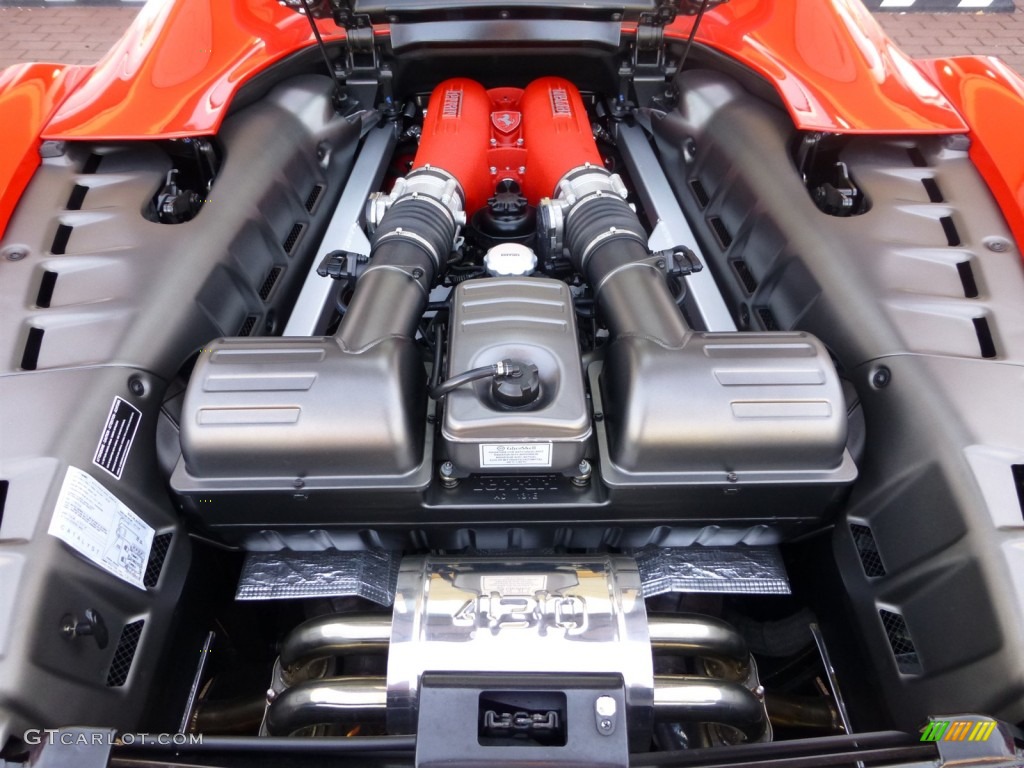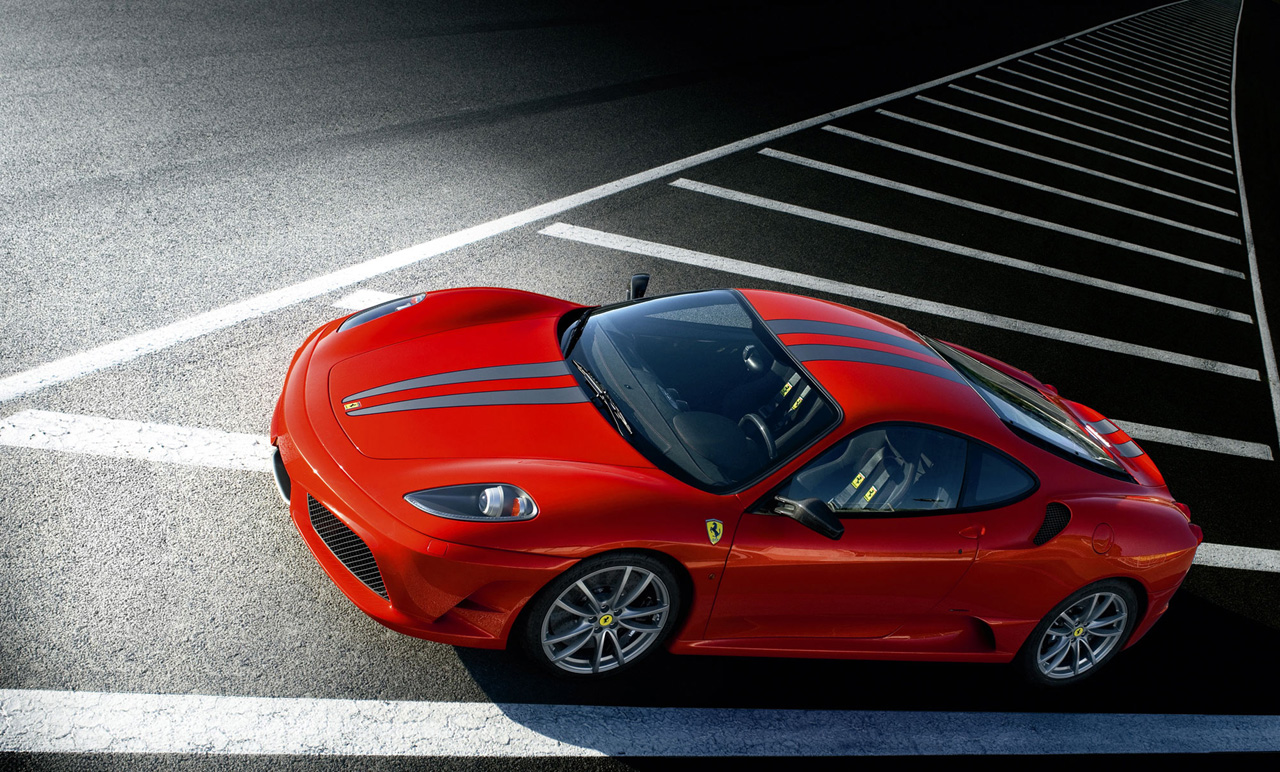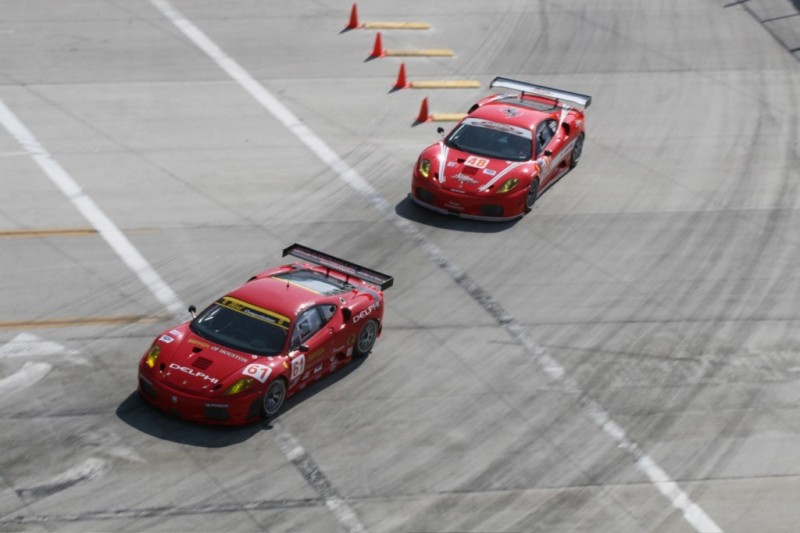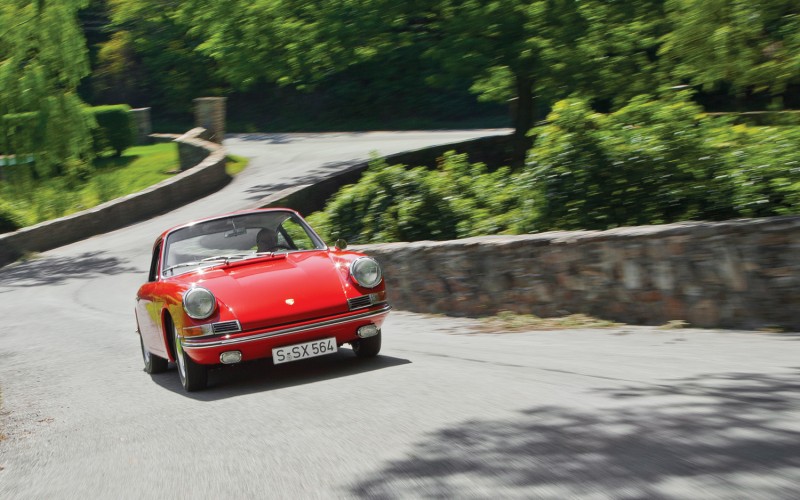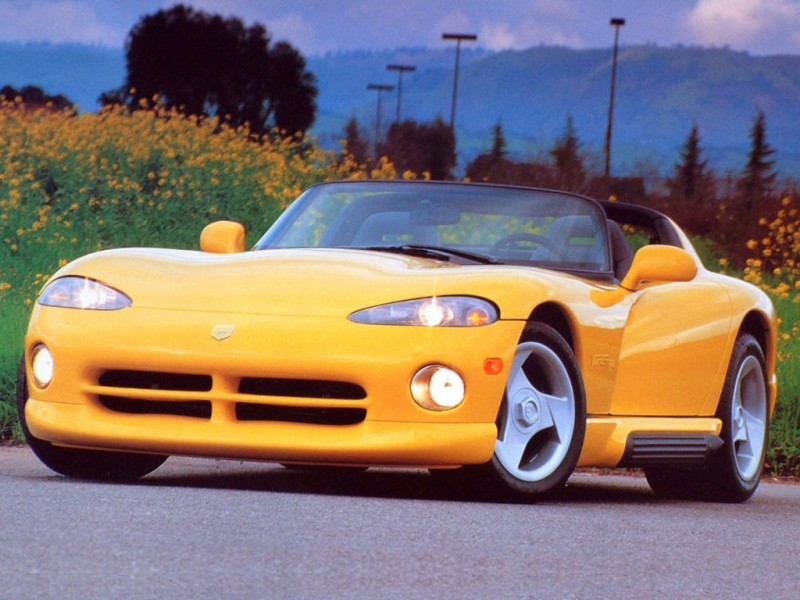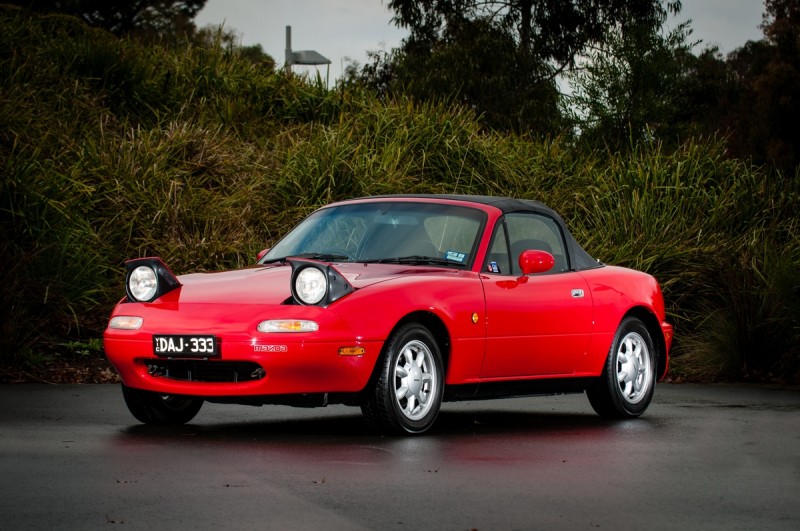By the conclusion of 2003, the 360 Modena had successfully revolutionized Ferrari’s V8 supercars. However, it was still in desperate need of updates due to its fifty-year-old engine design. For Ferrari, this was their opportunity to bring their well-aged, golden-era architecture into the 21st century.
Modena Goes Modern
The F430 is a direct evolution of the 360 Modena’s styling, which was, for Ferrari, their first departure from the classic center radiator grill design and the boxy styling of the 1980s & ’90s. With this new car, Ferrari wanted to draw heavily from their Formula 1 experience.
The appearance of the car used design queues from their success with modern aerodynamic studies and the old touches were from the beautiful designs of Ferrari’s past winners.
For example, the F430’s front grill vents are inspired by the F156, which Phil Hill drove to win the F1 World Championship in 1961. Meanwhile, in between those two vents, a front wing works to smooth air for its journey underneath the all flat under-body panels. By creating a new exterior design in wind tunnel testing, Ferrari was significantly able to improve down-force generation (50% more) on the F430, when compared to the 360.
Stability Through Selection
For Ferrari, Formula 1 had been going exceptionally well, and this was an appropriate time for them to showcase how their cars were all tied together. The F430, therefore, was given what Ferrari refers to as an E-Diff. The E-Diff is a computer-controlled electronic (hence the E) differential (Diff) that adjusts power output to each wheel, changes brake application, and monitors vehicle motions to work better than a traditional limited-slip differential (LSD). Just like in their winning F1 cars, Ferrari added onto the steering wheel of the F430, the “Manettino” switch, which offered five different modes for the stability control system including “Snow,” “Race”, and “Off.” These settings gave the driver direct control over how the E-diff operated and allowed them to rapidly change the vehicle set-up – even while driving.
Transmission Choices
While a standard manual transmission was offered as an option the car was promoted, and built primarily, with Ferrari’s F1 transmission. Vast improvements were made to this F1 transmission over the predecessor in order to make it a better selection. Gear changes were shortened to 150 milliseconds and the computer system became more intelligent when making shifting decisions, especially when at partial-throttle and when lifting off the throttle.
V8 Volume
The biggest change over the 360, however, was out back in the F430’s engine bay. The F136 motor was entirely new in a Ferrari, although a version did appear two years earlier in Maserati’s Gran Coupe. Compared to the 360 Modena’s engine, which was a descendant of the 1950’s Dino racing program, the F136’s new design helped push up power by an astonishing 90 hp!
These horsepower improvements came from an increase in displacement, indeed, but the real changes were from the new pistons, rods, and a flat-plane crankshaft. Those were all coupled to new cylinder heads, valves, and intake trumpets that were also, like so much of the car, derived directly from the F1 program.
Suspension Sharing
However, as the idiom goes, “When it’s not broken, don’t fix it”. Ferrari believed this and as such the F430 shares an extremely similar chassis platform to the 360 Modena. The 360 was already a stellar performer on the road, and out on the track, so Ferrari mostly focused their efforts on the engine and drive-line alterations.
Although minor, some suspension revisions improved the F430, which made it an even better handling car. First off, larger wheels, up to 19”, wrapped with a +10 section width tire endowed the car with a fuller look and a stouter stance. Slightly revised spring rates were also necessary to help hold up the now heavier F430. This altered the ride height and was used to adjust some of the detrimental handling characteristics from the 360. Since there was a new motor and transmission Ferrari engineers also updated their mounting fixtures.
One Sunny & One Serious
Throughout the life of the F430, there were no major revisions to the car. Ferrari does it right the first time and then makes a successor, or so they believe. There were, however, several variations manufactured alongside the F430 Berlinetta (coupé). The F430 Spider (cabriolet) launched after its unveiling, in 2005, and it offered the same F1 technology and mind-warping performance, but with the ability to keep it always sunny inside.
Two years later, in 2007, Ferrari took the F430 off its sedatives and brought us the 430 Scuderia. This stallion was lighter by 220 lbs, more powerful at 503 hp, had revised styling with new aerodynamic enhancements, came only with an F1 transmission programmed for even faster shifting, and further revised the E-diff traction programs to keep all these mutations manageable.
Then to celebrate their 16th F1 manufacturer win Ferrari made a Spider version of the Scuderia that was known as the 16M. By the end of the Scuderia’s development, Ferrari found that they had crafted a car that could keep up with the only three years older Enzo Ferrari around the Fiorano track.
Red-Hot Racing
Since 2004, F430’s in racing had taken home class championship wins in the American Le Mans Series and FIA GT series as well as two Le Man’s class victories, three 12 hours of Sebring class wins, and two Petit Le Man’s victories. So, by the end of 2009, when the F430 was to be phased out, it had more than proven itself to Ferrari, and the world, that it was a thoroughbred champion.
Specifications
- Years: 2004 – 2009
- Motor & Layout – V-8 DOHC (Mid-Engine)
- Displacement – 4.3L
- Drive – Rear Wheel
- Power – 483 hp / 503 hp (Scuderia)
- Torque – 343 lb-ft
- Transmission – 6-speed manual / 6-speed F1 (auto)
- Wheelbase – 102.4 in (2,601 mm)
- Weight – 3,197 lb (1,450 kg) / 2,977 lb (1,350 kg) (Scuderia)
- CoD – 0.34
- 0-60 mph – 3.7 sec / 3.6 (Scuderia)
- Quarter-mile – 12.4 sec
- Top Speed – 196 mph / 202 mph (Scuderia)


